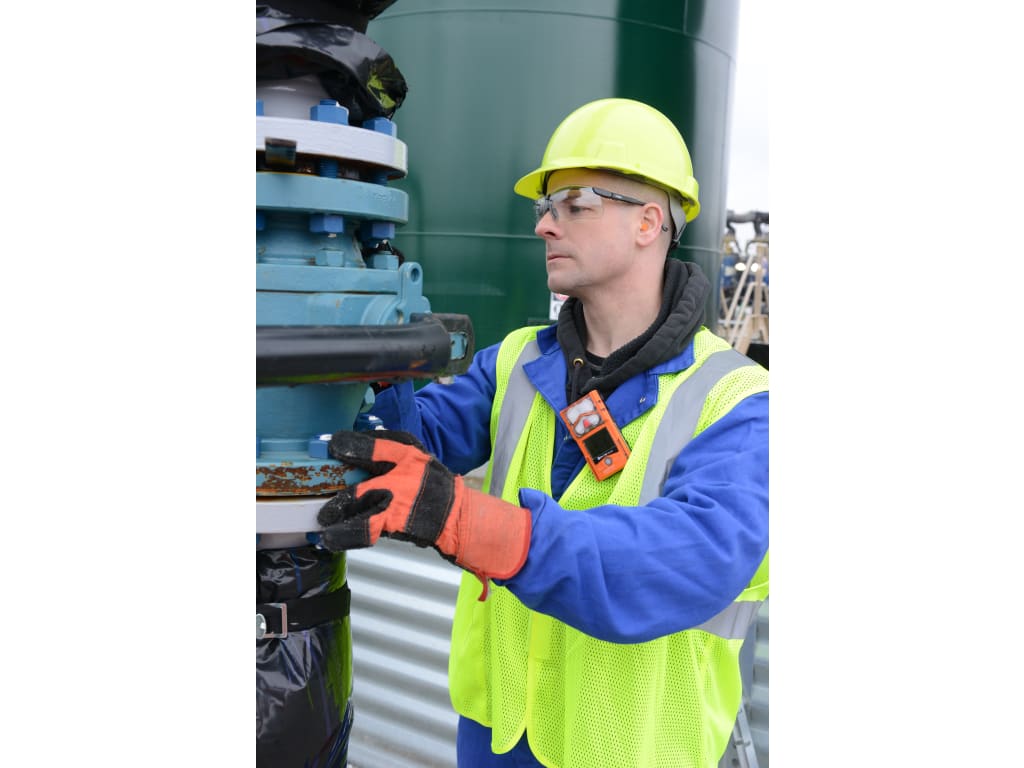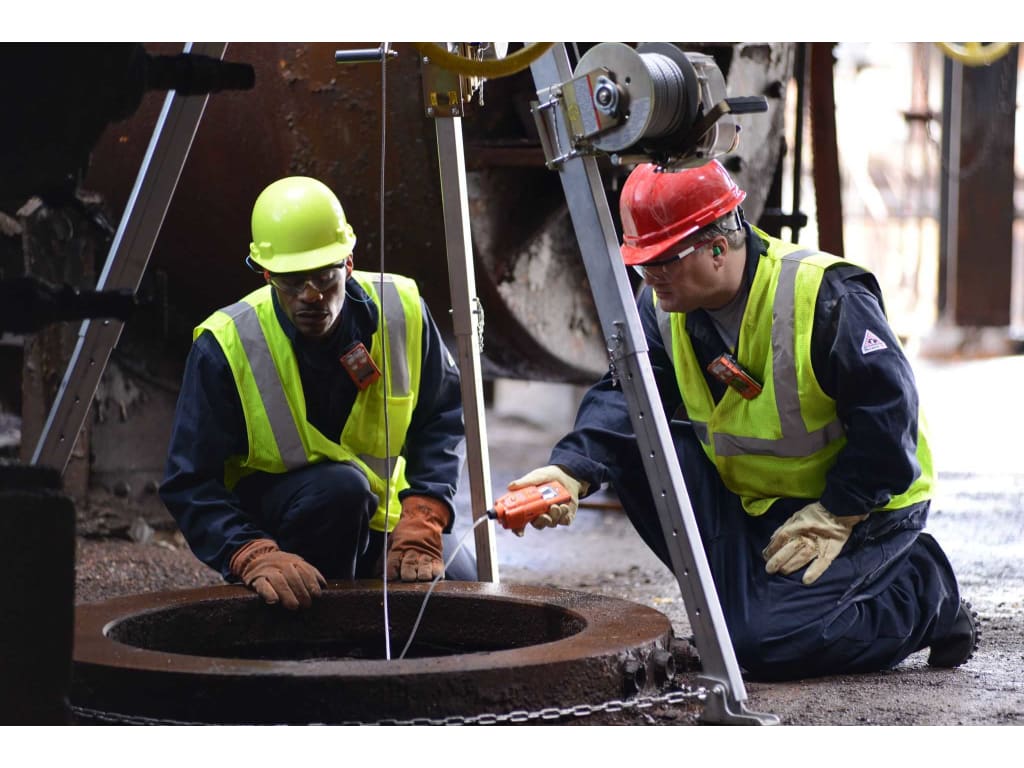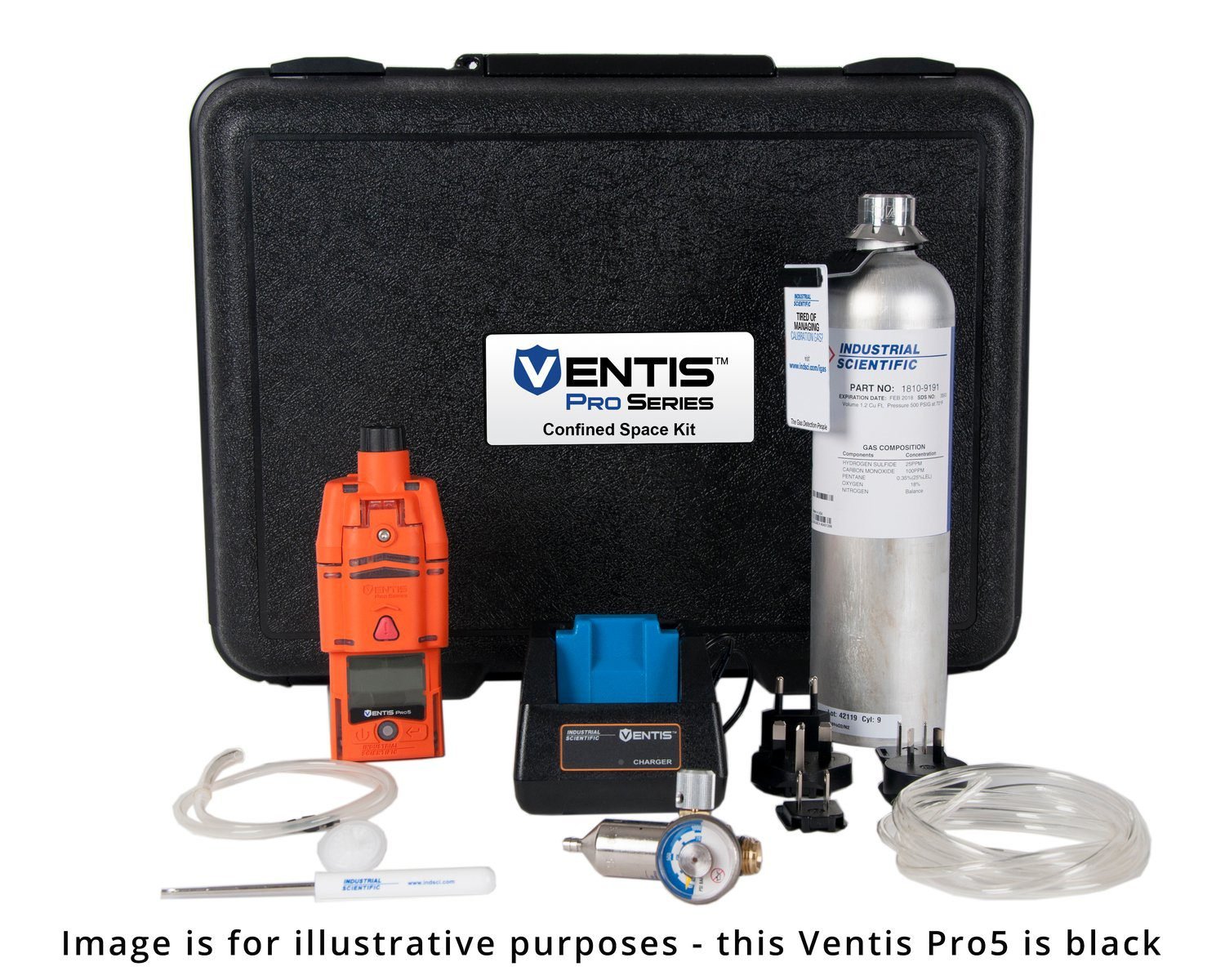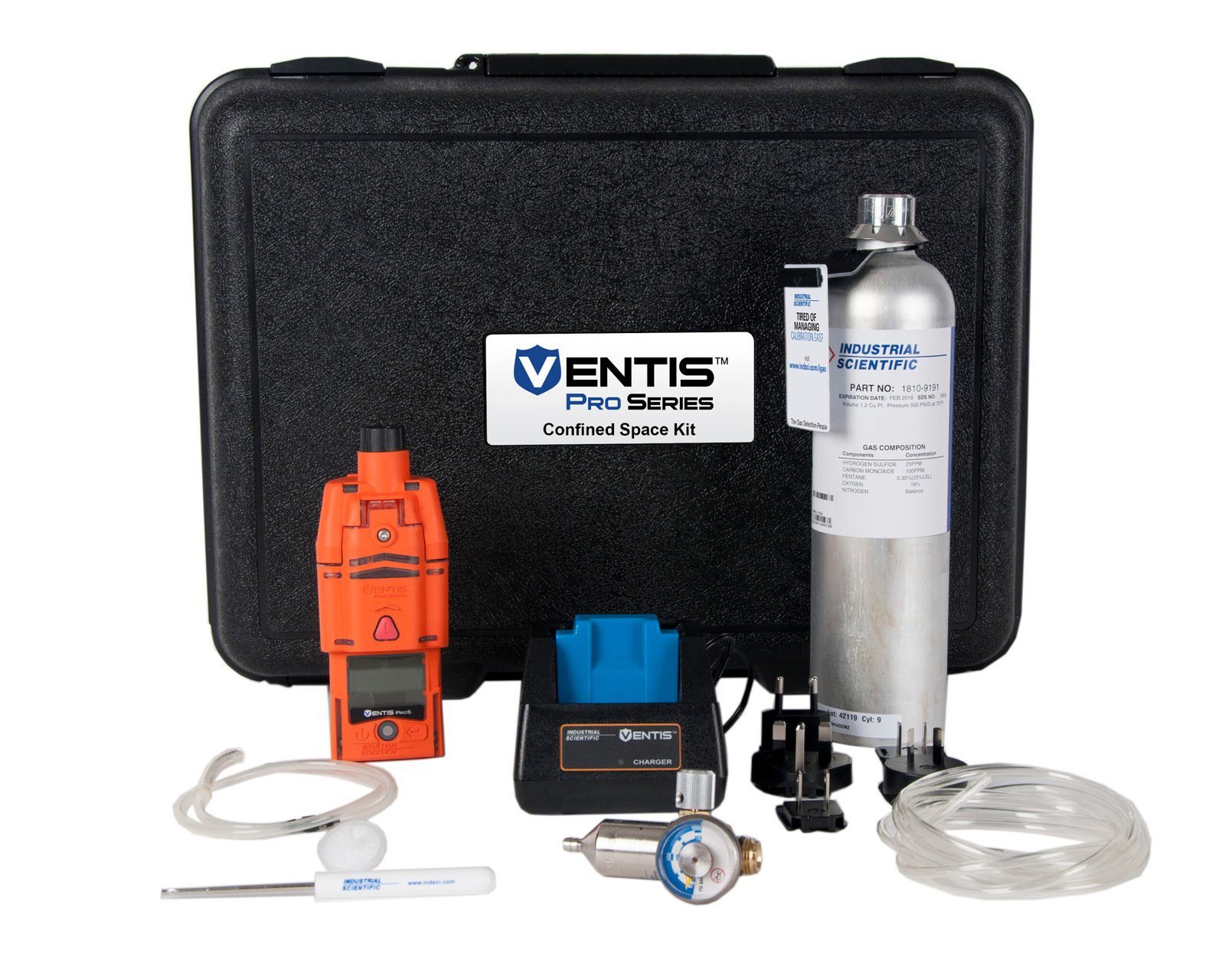No products in the cart.
Need help? Call us:
+1 (833) 763-7837
Menu
Categories
- Accessories
- Air Purification Accessories
- Antennas
- Attenuators
- Barcode Scanners
- Batteries and Chargers
- Bottles and Dispensers
- Cables - Misc
- Carrying Straps, Lanyards and Harnesses
- Carts
- Case and Cart Accessories
- Cases
- Cathodic Protection Accessories
- Coaxial
- Crimper Accessories
- Datacom Accessories
- Dry Block Bath Inserts
- EMI Accessories
- Enclosure Accessories
- FIber Optic Accessories
- Fiber Optic Cables
- Gas Detection Accessories
- General Accessories
- GPIB Adapters
- Heating Elements
- Hipot Accessories
- Hoses - Miscellaneous
- HVAC Accessories
- Induction Heater Accessories
- Input Cards
- Jacks /Adapters /Plugs /Clips /Terminators/Coaxial
- Jobsite Storage and Cabinets
- Knockout Accessories
- Lab Accessories
- LCR Test Fixtures
- LED and LCD Displays
- Manuals
- Material Handling Accessories
- Microphones
- Microscope Accessories
- Motors
- Options
- Pinhole/Holiday Detector Accessories
- Plumbing Accessories
- Precision Measuring Instrument Accessories
- Pressure Calibrator Modules
- Printers and Printing Supplies
- Probes
- Rack Mounts and Stands
- Repair Parts and Fuses
- Scale Accessories
- Shunts
- Software
- Soldering Accessories
- Spectrum Analyzer Accessories
- Static Control Accessories
- Switch and Semiconductor Modules/Access
- Test Fixtures
- Test Leads and Instrument Accessory Kits
- Thermal Imager Accessories
- Training and Education
- Underground Utility Location Accessories
- Vibration Accessories
- Video Accessories
- Voltage Transformer
- Warranty and Calibration
- Amplifiers / Preamps / Preamplifiers
- Audio Equipment
- Automotive Test Tools
- Battery Testing
- Blower Door and Duct Testing
- Borescopes / Boroscopes
- Clamp Meters
- Cleanroom
- Color and Appearance
- Conduit Benders
- Current Sensors
- Datacom and Networking Products
- Dataloggers Data Acquisition
- Decade Boxes
- Distance Meter
- Electrical Parts and Products
- Cable and Wire
- Cable Reels
- Electrical Cord
- Electrical Jumpers and Pigtails
- Electrical Parts
- Electrical Plugs and Connectors
- Line Splitters
- Lockout / Tagout
- Outlet Boxes
- Pulling Products
- Pushbutton Pendant Stations
- Receptacle Testers
- Temporary Power Distribution
- Terminal Blocks and Strips
- Terminals and Crimps
- Wall Plates
- Wire Management
- Wire Ties
- Work Lighting and String Lighting
- Enclosures and Boxes
- Environmental Testers / Physical Property
- Anemometer / Air Flow
- Barometers and Altimeters
- Chlorine Tester
- Dissolved Oxygen Meter / Fluoride
- EMF / ELF Meter
- Heat Index Monitors
- Humidity Meters
- Hygrometers
- Moisture Meters
- Nuclear Radiation Monitors
- PH / ORP Meters
- Psychrometer
- Refractometers / BRIX
- Scales / Weight
- Sound Level Meters
- Stopwatches / Timers / Clocks
- Water Quality Accessories
- Water Quality Meters
- Weather Measurement
- Wind Tunnels
- Flow Measurement
- Force / Torque / Hardness Meters
- Gas Detection
- Ground Testers
- Health and Safety
- HVAC Equipment and Instruments
- Automotive RRR Machines
- Brazing
- Combustion Analyzers
- Hose Adapters, Valves and Parts
- HVAC - Testing - Adjusting - Balancing
- HVAC Equipment - Misc
- HVAC Manifolds and Gauges
- HVAC Vacuum Pumps
- Refrigerant Leak Detectors
- Refrigerant Recovery Machines
- Refrigerant Recovery Tanks
- Smoke Pump Test Kits
- Tubing Tools
- Vacuum Gauges
- Hydraulic Cylinders
- Indoor Air Quality
- LCR Meters / Impedance Measurement Products
- Leakage Detectors
- Life Sciences Equipment
- Autoclaves and Sterilization
- Bunsen Burners
- Centrifuges
- Cold Storage
- Colony Counters
- Dry Block Heaters and Cooling Blocks
- Environmental Test Chambers
- Flame Photometers
- Flocculators
- Fluidized Bed Baths
- Gel Imaging Electrophoresis
- Glassware Washers-Dryers
- Heating Mantles / Electromantles
- Homogenizers
- Incubators
- Kjeldahl Apparatus
- Lab Apparatus - Misc
- Laboratory Ovens
- Laboratory Pumps
- Laboratory Water Purification Systems
- Magnetic Bead Based Purification
- Melting Point Apparatus
- Mixers Rotators and Stirrers
- Pipettes
- Reaction Station
- Recirculating Chillers / Coolers
- Refrigerated Heating Circulators
- Rotary Evaporators
- Shakers and Rockers
- Slide Warmers
- Spectrophotometer
- Thermal Cycler / PCR
- Titrators
- Water Baths and Liquid Baths
- Logic Analyzers
- Materials Testing
- Megohmmeter / Insulation Resistance Testers
- Micro-Ohmmeter / Milliohmmeter
- Microscopes
- Multimeters
- Network Analyzer
- Oscilloscopes
- Panel Meters
- Personal Protective Equipment
- Phase / Motor / Transformer Testing
- Power Measurement
- Power Supplies
- Process / Calibration
- Programmers / IC and RAM Testers
- Protocol Analyzers
- Prototyping
- Radiometric
- Reliability / Preventative Maint / Rotational
- RF, Microwave, EMI
- Safety Testing / Surge Testing
- Signal Generators / Counters
- Signal Level Meters - CATV / CCTV / Satellite
- Solar Analyzers
- Soldering Equipment
- BGA Rework Station
- Chemicals
- Cleaning Pins and Drills
- Depaneling Systems
- Desoldering Equipment/Rework Stations
- Desoldering Irons
- Dispensing Equipment
- Flux
- Flux Remover
- Fume Extraction
- Hot Air Guns
- Hot Air Pencils
- Lead Forming Equipment
- Nitrogen Generation
- Nozzles
- PCB Supports and Holders
- Pre-Heater
- Solder
- Solder Wick
- Soldering Equipment
- Soldering Irons
- Soldering Pots
- Soldering Robots
- Soldering Stands
- Soldering Stations
- Soldering Tip Cleaners
- Soldering Tip Thermometers
- Soldering Tweezers
- Sponges and Brass Wool
- Thermal Wire Strippers
- Tips
- Vacuum Pick-Up Tools
- Sporting / Hunting / Law Enforcement Optics
- Static Control
- Surveying / Construction Measurement
- Thermal Imagers
- Thermometers
- Thickness Gauges
- Tools
- Blackeners
- Cable Cutters
- Cable Strippers
- Cable Tie Guns
- Combination Squares
- Conduit Tools
- Crimpers
- Cutters
- Cutting Tools
- Datacom / Fiber Optic Tools
- Drill Bits and Sets
- Drill Rod
- Dry Lubricants
- Electric Screwdrivers
- Feeler Gage
- Fiber Optic Cable Tools and Fiber Scopes
- Flashlights and Headlights
- Ground Flat Stock
- Hex Drivers, Torx Drivers
- Hose Benders
- Hose Clamps
- Hot Melt
- HVAC Service Tools
- Insulated Tools
- Keystock
- Knockout Tools
- Layout Fluid
- Level Measurement
- Maintenance Kits
- Multi-Tools
- Other Hand Tools
- Pliers
- Pneumatic Hand Tool Operators
- Power Tools
- Probes & Scribes
- Punch & Die Sets
- Punchdown Tools
- Remote Hydraulic Pumps
- Screwdrivers
- Shims & Shim Stock
- Sockets & Ratchets
- Spatulas
- Telecom Service Tools
- Telescopic Tools
- Threaded Rod
- Tool Kits
- Tool Wrap
- Tweezers
- Vises
- Wire
- Wire Strippers
- Wrenches & Wrench Sets
- Toys / Cool Stuff
- Transmission Line/Station Testing
- Cable Testing
- Circuit Breaker Testers
- Corona Detection
- Dielectric Oil Testing
- High Current Detectors / Indicators
- High Voltage Detectors / Indicators
- Hot Sticks
- Phasing Sticks
- Primary Injection Test Equipment
- Safety Equipment
- Secondary Injection Test Equipment
- SF6 Gas Leak Detectors
- Transformer Testing/TTR
- Transmission Cable Height Meters
- Video Distribution Equipment
- Video Test Equipment
- Voltage / Continuity and Non-Contact Testers
- Wire Tracers / Circuit Breaker Tracers
- Workbenches
Industrial Scientific – Ventis Pro5 Confined Space Kits
Brand:
33 people are viewing this product right now
$2,303.18
Shipping calculated at checkout.
Estimated delivery:5 days
NoneNone
SKU:
Industrial Scientific Ventis Pro5 Conf Space Kit
Tags: Confined Space Kits, Gas Detection
Categories: Confined Space Kits
Have any Questions?
Feel free to Get in touch
Guarantee Safe and Secure Payment Checkout
Description
Industrial Scientific – Ventis Pro5 Confined Space Kits
The Ventis Pro5 on this page are Confined Space Kit packages. The Confined Space Kit includes a Ventis Pro5 with integral pump, as well as a variety of other accessories including sample tubing, calibration gas with the regulator, a hard case and more.
In the dropdown menu above, sensors are listed alphabetically.
The Ventis Pro5 is a five-gas monitor with a dedicated man-down alarm, panic button, and custom on-screen messages, making it easy for workers to communicate and operate. The Ventis Pro5 is the most flexible connected monitor on the market, giving you the power to manage worker safety anytime, anywhere – even in the most remote settings. Wireless connectivity in the Ventis Pro5 connects workers to iNet Now live monitoring software via cellular, wi-fi, satellite, or to peers on-site through LENS Wireless.
- Eliminate the need for multiple pieces of equipment by using Ventis Pro5 for lone worker tracking, confined space entry, and personal monitoring
- Train workers on one, multi-purpose gas monitor and reduce the risk and investment of having different devices in the field
- Improve team and site safety by locally sharing alarms and gas readings between wirelessly connected Ventis Pro5 monitors
- Get real-time location and alarm data directly from Ventis Pro5 gas monitors to a designated safety contact with the optional cellular or wi-fi battery pack.
- Reinforce safe behavior with programmable alarm action messages like “EVACUATE” or “VENTILATE” based on alarm level
Sensor and configuration options
The Ventis Pro5 offers sensor and configuration options for multiple industries and applications, including standard and non-standard 4-gas, 5-gas, and a methane IR sensor, making it a cost-effective option for personal protection and confined space applications.
| LEL (CH₄ % vol) | CL₂ | NO₂ | IR HC |
| LEL (Methane) | CO | IR CH₄ | HCN |
| LEL (Pentane) | CO/H₂ Low | IR CO₂ | NH₃ |
| O₂ | CO/H₂S | IR CO₂ /CH₄ | PH₃ |
| H₂S | SO₂ | IR CO₂ /LEL |


Easy user assignments with Ventis Pro5
The Ventis Pro5 can be enhanced with iAssign Technology to simplify user assignments. Using a pre-programmed iAssign Tag (sold separately), the operator can wirelessly enter their name into an instrument simply by tapping the tag to that instrument. Now all data recorded in the instrument will be tagged with the user’s name. This allows users to carry different gas monitors each day while still having a clear data record of who had an instrument when it went into alarm.
LENS wireless option
More and more companies are turning to gas detectors linked by mesh networks to connect workers and share gas readings without costly infrastructure or the hassles of IT setup.
Mesh networks use monitors as nodes to efficiently transmit data. In a mesh network, the data hops from node to node until it reaches its destination. Think of a mesh network as students in a classroom: A student on one side of the room can pass a note to the other side of the room by handing it to a neighbor, who then passes the note to their own neighbor, all the way across the room.
Whereas other networks might fail if one device loses connection, mesh networks can be self-healing. Self-healing mesh networks, such as the ones Industrial Scientific devices use, continue to transmit information across the network even if one node or device disconnects. This means workers will always have a connection to other workers on the network.
Other peer-to-peer wireless networks require IT setup, infrastructure, and a central controller. The beauty of mesh networks—such as LENS Wireless from Industrial Scientific—is that they offer workers out-of-the-box operability without IT setup.
Mesh networks give safety managers several more benefits over other peer-to-peer wireless technologies, including:
- Improved Site Communications: Though gas hazards are an immediate issue for the workers exposed to them, they can also threaten others nearby. A mesh network extends worker visibility up to a mile away, so workers are always aware of hazards on-site.
- Faster Response Times: With a mesh network, there’s no need to rely on a central controller or laptop to track peer readings. Every worker with a connected device can see peer readings and alarms, giving them immediate visibility into hazards so they can make smarter, faster, and safer decisions.
- Safer Emergency Response: Would-be rescuer fatalities are still too common, but mesh networks can help change that. Connected gas monitors can ensure panic and man-down alarms are relayed to other workers in the area so they can see what they are about to encounter.
- Smarter Decision-Making: Mesh networks ensure that every connected device receives peer alerts and gas readings so workers have all the information they need before making decisions. Informed decisions are smarter decisions that ensure the safety of all workers.
Power sources and run times
The Ventis Pro5 is available with a variety of power sources. Listed below are the run times for several different options.
- Rechargeable Slim Extended Lithium-ion battery (no Pump option)
- 18 hours typical @ 20°C with LEL
- 54 hours typical @ 20°C with IR
- Rechargeable Lithium-ion battery (no Pump option)
- 12 hours typical @ 20°C with LEL
- 36 hours typical @ 20°C with IR
- Rechargeable Extended-Range Lithium-ion battery with LEL
- 23 hours typical @ 20°C without Pump
- 18 hours typical @ 20°C with Pump
- Rechargeable Extended-Range Lithium-ion battery with IR
- 72 hours typical @ 20°C without Pump
- 32 hours typical @ 20°C with Pump
- Rechargeable wi-fi Lithium-ion battery (no Pump option)
- 16 hours typical @ 20°C with LEL
- Rechargeable Cellular Lithium-ion battery (no Pump option)
- 14 hours typical @ 20°C with LEL


Be the first to review “Industrial Scientific – Ventis Pro5 Confined Space Kits”
You must be logged in to post a review.
Manuals/Guides
BrochuresManualsSpec SheetsOther
Related products
Sale
Seitron be safe SG H2S – Single Gas Personal Gas Detector, H2S Sensor, 0 – 100ppm
Sale
Seitron be safe SG O2 – Single Gas Personal Gas Detector, O2 Sensor, 0 – 25%
Sale
BW BWC2-M-B Carbon Monoxide (CO) Single Gas Detector – Black
Our team of knowledgeable professionals is here to help you make informed decisions. Whether you need product recommendations, technical support, or guidance on your purchase, we're just a click away.
Contact Us Now:
📧 sales@nestesinstruments.com
📞 +1 (833) 763-7837
Let us assist you in finding the perfect solution!
Contact Us Now:
📧 sales@nestesinstruments.com
📞 +1 (833) 763-7837
Let us assist you in finding the perfect solution!












Reviews
There are no reviews yet.